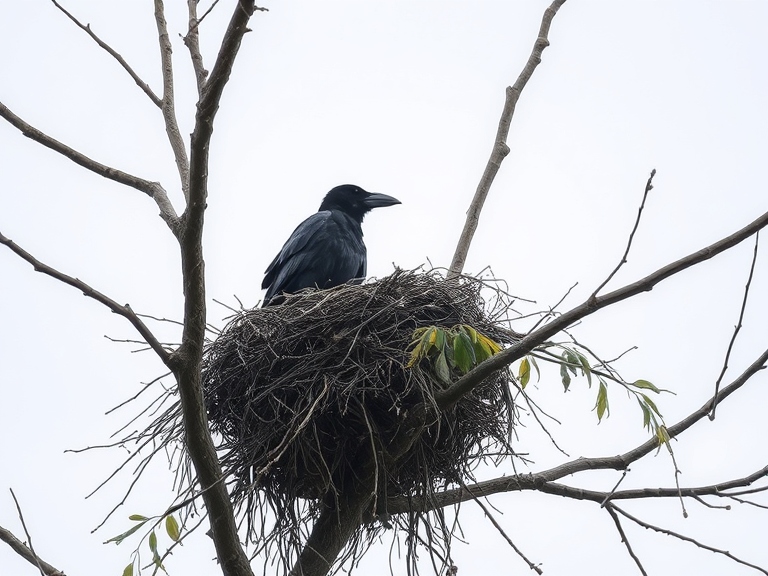Rapid urbanization in Kathmandu is causing birds to lose their fear of humans, leading to shifts in bird behavior and biodiversity loss, studies reveal.
Original article written by: Abhaya Raj Joshi
Kathmandu's rapid and unplanned urbanization has significantly impacted its bird population. Studies reveal that urban birds, such as house crows and pigeons, are becoming more tolerant of human presence. This adaptation, while aiding their survival, has disrupted natural behaviors and increased stress levels. Urban birds exhibit lower flight initiation distances, a sign of acclimatization, but this raises concerns about long-term health and zoonotic disease risks.
Native bird species, including spiny babblers and peregrine falcons, are disappearing from urban areas, unable to adjust to shrinking green spaces and nonnative tree species. A study found that rural areas host 31 more bird species than urban areas, underscoring the detrimental effects of urbanization on biodiversity. Green spaces with native trees could help restore balance, as they significantly boost bird diversity even in urban settings.
Birds like pigeons and crows have also adapted to using unconventional materials for nesting, such as wires and fabric. This showcases their resilience in a rapidly urbanizing environment but also highlights the lack of natural resources caused by declining native vegetation and open spaces. Specialist bird species, which require specific habitats to thrive, are disproportionately affected compared to generalists that adapt more easily to human-altered landscapes.
Despite government programs aimed at increasing greenery in Kathmandu, ineffective enforcement and a preference for nonnative species have limited their success. Researchers emphasize the urgent need for policies promoting native vegetation to support both birds and urban ecosystems. This is crucial for preserving Kathmandu’s ecological balance amidst ongoing urban growth.

